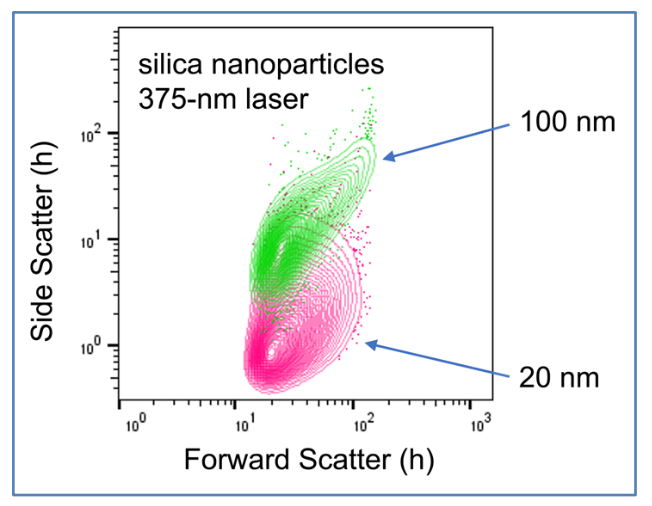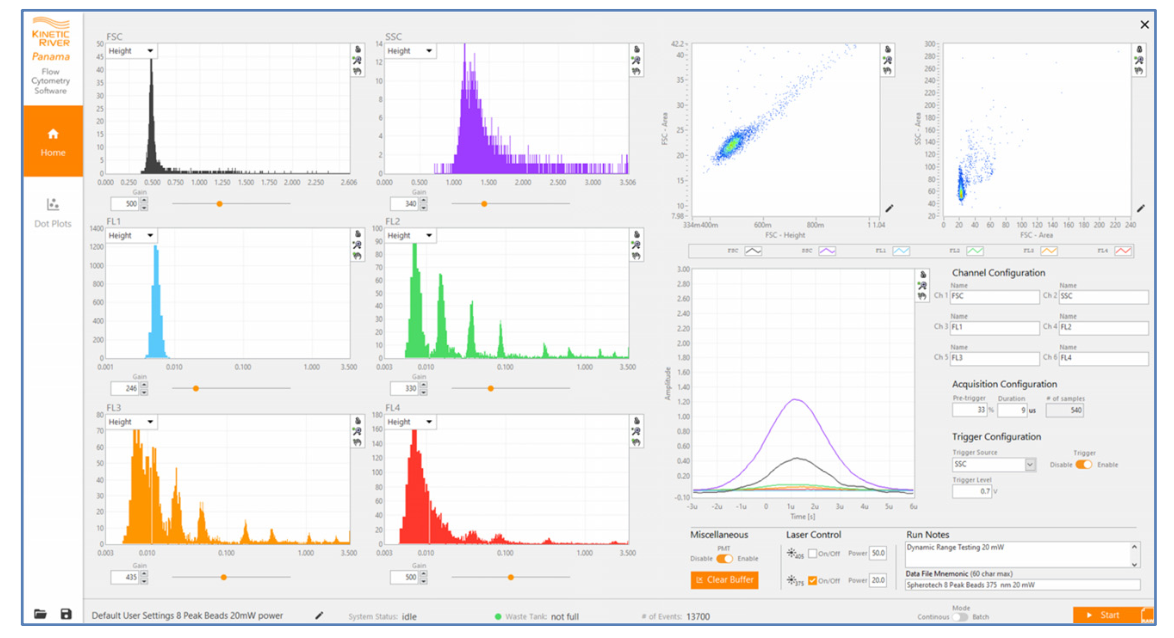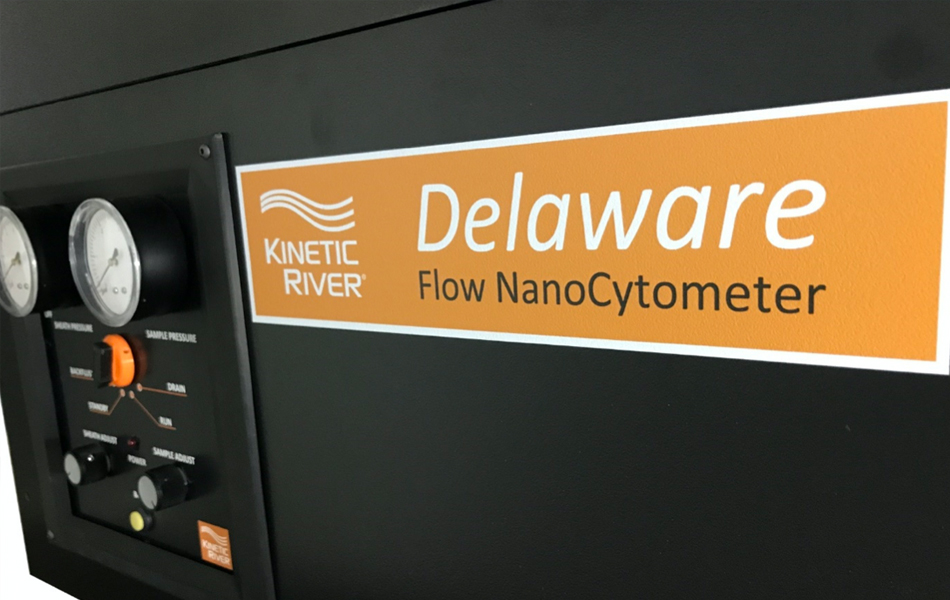DELAWARE
Detection and characterization of sub-micron entities, including extracellular vesicles (EVs) and exosomes, represents an important next frontier in both research and clinical applications. These nanoparticles produce exceedingly small scattering and fluorescent signals which standard commercial flow cytometers cannot detect. Even systems designed to address this application have, thus far, fallen short, creating an unmet and growing demand for a nanoparticle analysis system with suitable usability and throughput.
We designed and developed the Delaware Flow NanoCytometer® specifically to meet the demanding needs of nanoparticle researchers, providing sensitive detection and characterization of biological and non- biological nanoparticles. Based on our modular, customizable Potomac architecture, the system incorporates design modifications intended to enhance nanoparticle sensitivity without compromising throughput.

Silica nanoparticles run on the Delaware

The Panama software for instrument control and data visualization
The Delaware’s high-power lasers provide up to five excitation wavelengths (375, 405, 488, 561, and 640 nm) and a proprietary high-NA collection lens delivers maximum sensitivity. The system offers up to three scattering channels and up to six fluorescence detection channels. The Delaware features Kinetic River’s Shasta fluidic control system for ultrastable sheath flow and superior core stream control. The Cavour always-on flowcell monitor allows you to optimize laser alignment and core stream dimensions in real-time without removing the cover. The entire system is operated using our intuitive, easy-to-use Panama flow cytometry software for instrument control and data visualization, providing researchers with the flexibility their cutting-edge research requires.
This carefully-crafted instrument has been extensively tested on a variety of materials including polystyrene (down to 60 nm) and colloidal silica (down to 100 nm) nanoparticles, fluorescent nanospheres (100 nm), hollow organo silica beads (374 nm) and lipoprotein shells (100 nm), demonstrating sensitivity to at least 60 nm to meet some of the most demanding applications. The Delaware Flow NanoCytometer combines ease of use with advanced nanoparticle sensitivity to offer users a powerful new tool for exosome and EV research.
The Delaware – see what you’ve been missing.
Specifications
Excitation Optics
Laser options (up to 5):
- 405 nm (300 mW) and 488 nm (200 mW), basic
- 375 nm (70 mW), optional
- 561 nm (150 mW) and 642 nm (140 mW), optional
Emission Optics
Scattering channels (up to 3):
- FSC, SSC
- 405 and 488 nm standard
- 375 nm optional, for high sensitivity
Fluorescence channels (up to 6):
- 525/50 and 580/23 basic
- 615/24 and 697/58 optional
- 440/40 and 755/35 optional
Fluidics
Shasta with dual hydrostatic pressure control:
- 10-L ultrafiltered sheath capacity
- Sample injection speed variable from 0.2 – 20 μL/min
Signal Processing
Data formatting:
- CSV files (directly importable into FlowJo, FCS Express)
Performance
Nanoparticle detection (375-, 405-, and 488-nm excitation; 3 scattering channels):
- 60-nm Spherotech polystyrene
- better than 100 nm Alpha Nanotech colloidal silica
EV surrogates:
- 100-nm Cellarcus lipoprotein shells
- 374-nm Exometry Verity shells
Dynamic range (375-, 405-, 488-nm excitation):
- high sensitivity: approx. 60 nm to 300 nm (PS)
- approx. 100 nm to 1µm (silica)
Installation Requirements
Dimensions and weight:
- 36” x 20” x 23” (W x D x H)*
- 175 lbs. (Five-Laser configuration)*
*excludes monitors, sheath and waste tanks
Environmental:
- 15°–30°C, 60% RH
Power:
- North America: 120 VAC, 50/60 Hz, 8A
- Japan: 100 VAC, 50/60 Hz, 8A
- rest of world: 230 VAC, 50/60 Hz, 5A
KRCDS.Delaware.2v1
† For Research Use Only. Not for diagnostic use. Specifications subject to change without notice.


